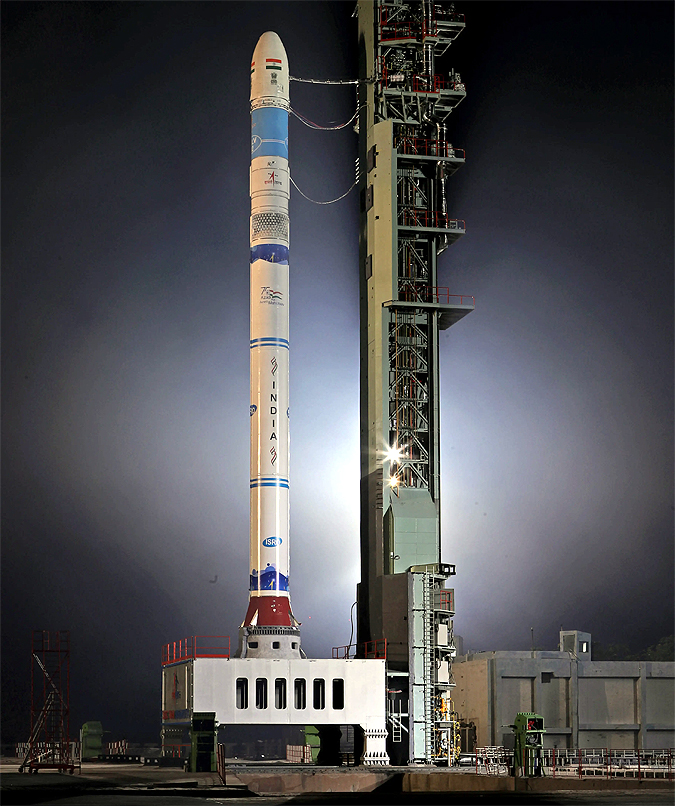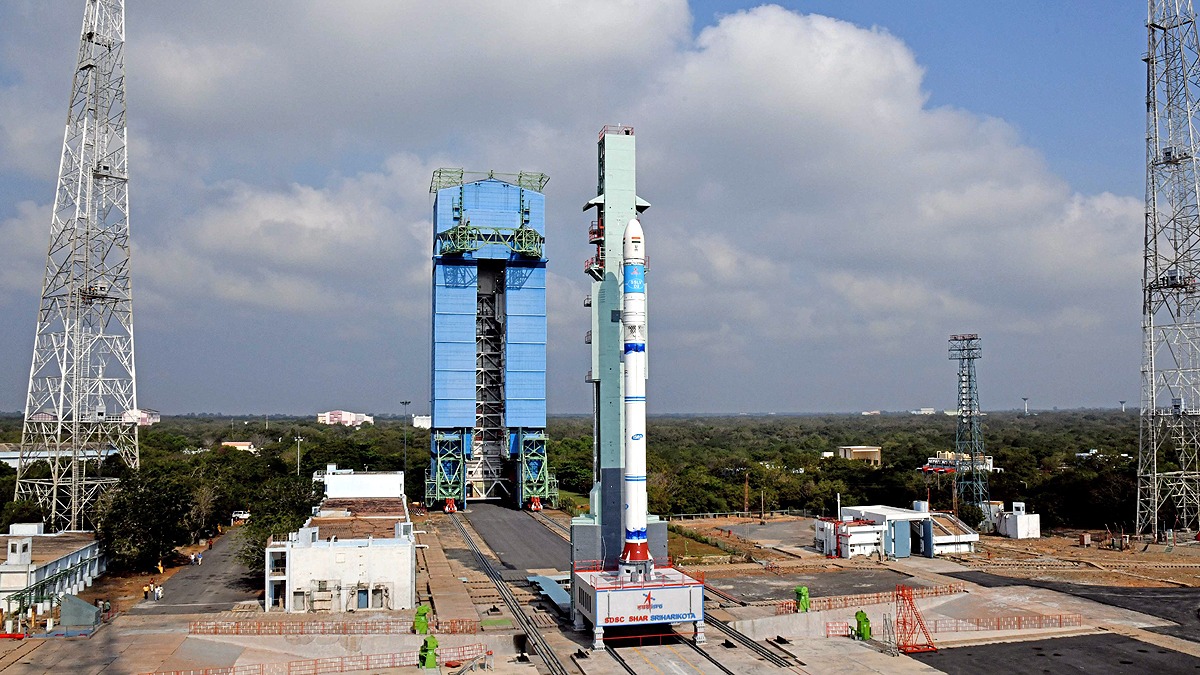The Indian Space Research Organisation (ISRO) is gearing up for the third demonstration flight (D3) of its Small Satellite Launch Vehicle (SSLV) around July 10, 2024. This rocket is specially designed to deploy mini, micro, and nano-satellites into orbit, and that too, at a fraction of the cost.
Following this launch, SSLV will be fully operational, catapulting India to the forefront of cost-effective space launches. The rocket has already completed two previous flights. The maiden voyage, SSLV-D1, launched on August 7, 2022, although not all mission objectives were met then.

Source: aajtak
The subsequent flight, SSLV-D2, took place on February 10, 2023. It successfully dispatched three satellites - EOS-07, Janus-1, and AzaadiSAT-2 - into a predetermined 450-kilometer-high circular orbit within 15 minutes. Buoyed by this success, ISRO decided to proceed with the third flight.
What Is the Role of ISRO's New Rocket?
The SSLV is used for launching smaller satellites. As a small-lift launch vehicle, it can send satellites weighing up to 500kg to sub-500km low Earth orbit, or 300kg to sun-synchronous orbits beyond 500km altitude.
ISRO's versatile rocket, SSLV, can be assembled and ready for launch in just 72 hours
The SSLV is 34 meters in length with a 2-meter diameter, and it weighs about 120 tons. It can deliver payloads ranging from 10 to 500 kilograms to an altitude of 500 kilometers. Preparedness is key, as the SSLV can be assembled within a mere 72 hours. Currently, launches are conducted from Pad 1 at the Satish Dhawan Space Centre in Sriharikota.
Tamil Nadu to Host New Spaceport for Specialized Launches
A dedicated Small Satellite Launch Complex (SSLC) is being constructed to support the launches of this rocket. The new spaceport, which is coming up at Kulasekarapatnam in Tamil Nadu, will serve as the future launch site for SSLV. This became requisitioned as waiting for the Polar Satellite Launch Vehicle (PSLV) to be available for smaller satellites was costly and inefficient, requiring them to be assembled with larger satellites.

Source: aajtak
The cost of an SSLV rocket is about 30 million rupees, making it five to six times cheaper than a PSLV mission
With the surge of small satellites internationally and the expanding market for their launches, ISRO developed the much-needed SSLV. The cost for one SSLV rocket is estimated at 30 crore rupees, compared to the 130 to 200 crore rupees for a PSLV launch.




